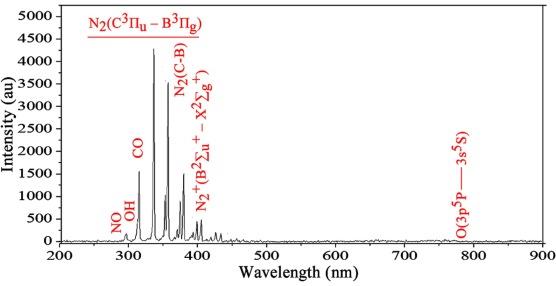Modelling of inactivation kinetics of Escherichia coli and Listeria monocytogenes on grass carp treated by combining ultrasound with plasma functionalized buffer |
| |
| Affiliation: | 1. School of Food Science and Engineering, South China University of Technology, Guangzhou 510641, China;2. Academy of Contemporary Food Engineering, South China University of Technology, Guangzhou Higher Education Mega Center, Guangzhou 510006, China;3. Engineering and Technological Research Centre of Guangdong Province on Intelligent Sensing and Process Control of Cold Chain Foods, & Guangdong Province Engineering Laboratory for Intelligent Cold Chain Logistics Equipment for Agricultural Products, Guangzhou Higher Education Mega Centre, Guangzhou 510006, China;4. Food Refrigeration and Computerized Food Technology (FRCFT), Agriculture and Food Science Centre, University College Dublin, National University of Ireland, Belfield, Dublin 4, Ireland;5. School of Engineering, University of Guelph, Canada |
| |
| Abstract: | 
Linear (first-order) and non-linear (Weibull, biphasic, and log-logistic) models were evaluated for predicting the inactivation kinetics of Escherichia coli and Listeria monocytogenes on grass carp treated by a novel technique (UPFB) combining ultrasound (US) with plasma functionalized buffer (PFB). Results showed that UPFB was more effective for inactivating bacteria when compared with individual applications of US or PFB with reductions of 3.92 and 3.70 log CFU/g for Escherichia coli and Listeria monocytogenes, respectively. Compared with the linear model, the three non-linear models presented comparable performances and were more suitable for describing the inactivation kinetics with superior adj-R2 (0.962–0.999), accuracies (0.970–1.006) and bias factors (0.995–1.031), and by assessing the strengths of evidence, weights of evidence and evidence ratios for the models, the biphasic model was identified as the best fit model. The current study provided new insights into the effective evaluation of decontamination methods. |
| |
| Keywords: | Mathematical model Plasma species Akaike information criterion Accuracy factor Bias factor |
| 本文献已被 ScienceDirect 等数据库收录! |
|

